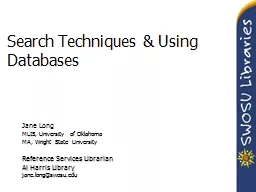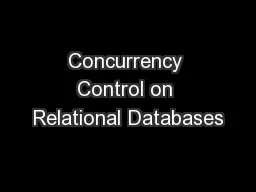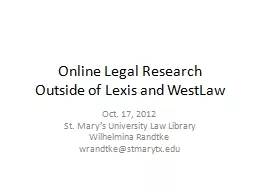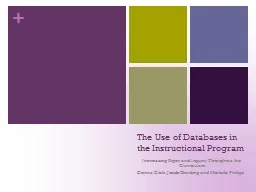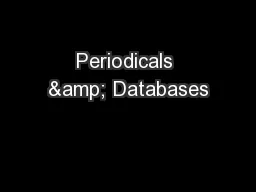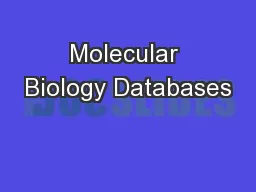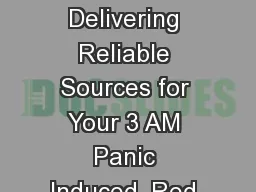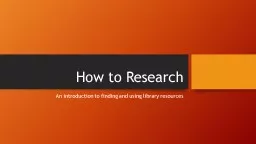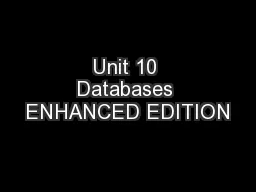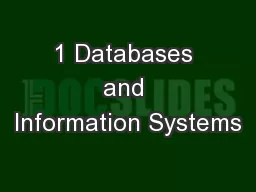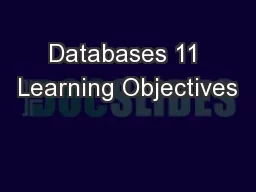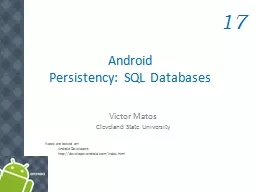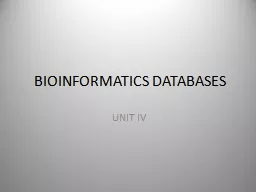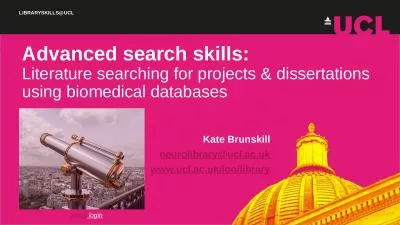PPT-Search Techniques & Using Databases
Author : tatiana-dople | Published Date : 2016-08-15
Jane Long MLIS University of Oklahoma MA Wright State University Reference Services Librarian Al Harris Library janelongswosuedu How do I get started 1 Keywords
Presentation Embed Code
Download Presentation
Download Presentation The PPT/PDF document "Search Techniques & Using Databases" is the property of its rightful owner. Permission is granted to download and print the materials on this website for personal, non-commercial use only, and to display it on your personal computer provided you do not modify the materials and that you retain all copyright notices contained in the materials. By downloading content from our website, you accept the terms of this agreement.
Search Techniques & Using Databases: Transcript
Download Rules Of Document
"Search Techniques & Using Databases"The content belongs to its owner. You may download and print it for personal use, without modification, and keep all copyright notices. By downloading, you agree to these terms.
Related Documents

